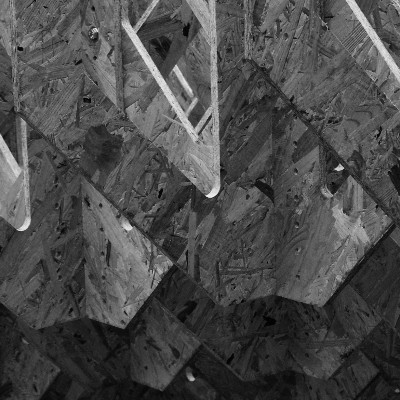🔥 CYBER MONDAY 24H: -60% su tutti i prezzi del sito! Solo fino a mezzanotte. Usa il codice CYBERMONDAY25 👉🏼

housing - small-apt
I have uploaded two options but basically they are very similar. One has a sloped roof towards your house (it is higher towards the ravine) while the other is higher on Phil's side and is sloped towards the entrance to the house. Option A is 14.4 at its lowest and 18.4 feet at its highest, while option B is feet 15.95 (lowest) / 18.55 feet(highest). Regarding to the plans they are very similar. You will see that i have written the sqft on the plans. The ground floor is identical while the furnishing of the loft differs. The main entrance is right where you suggested. The ground floor is 8 feet high while the loft is 8,75 feet at is highest. The metallic stair (with a simple square section steel rail on the wall) is close to the entrance and you basically enter in the kitchen,dining and living area. The space is treated as a whole, so it seems more spacious. I found that the surface was enough to create a fully functional kitchen with full size appliances, an island with 4 chairs which works as a dining table/ bar which communicates directly with the living area. The kitchen also has lots of storage space under the counter, under the island and some suspended cabinets. Utensils and spices are suspended on stainless steel bars near the cook top for easy handling. The bathroom is on the ground floor, it has a sink with a counter and an overhead cabinet. The WC is wall mounted to save space and the shower can be closed with a curtain, there is not enough space for a full size shower cabin, but considering that we can use ceramic tiles for the walls the water wouldn't affect them. So basically the area under the stair is reserved for the bathroom (more precisely WC and shower). The loft has plenty of space for a bed, desk, storage with normal wardrobes and shelves and a small sitting area with 2 chairs and a table for those lazy afternoons or reading. The loft communicates visually with the ground floor. There is an opening to the space below, where you can see the dining area and the kitchen with its suspended lighting fixtures. The ceiling has exposed rafters and is made of wood. If needed we can keep the rafters visible but use normal painted plasterboard in between them. The living area has an extensible couch (in case of guests) and a large bookcase with cabinets underneath and a counter for the TV and other electronics. I would recommend option A, as it uses the space and the opening to the ground floor in a more efficient manner. Using this open-type floor plan prevents overheating as the air freely circulates through the house. Warm air rises and can be evacuated through the upper windows, cooling the whole place down and keeping the air fresh. I used efficient LED lighting inside, some pendant light in the kitchen/ dining area and some orientable spot light over the kitchen counter. Outside the LED recessed spotlights have motion sensors) The skylights will have blinds for privacy (either remote controlled or manual). The large windows will also have shades or blinds for the kitchen area and drapes for the living & loft area - also for privacy. I used anpolished concrete floor for the kitchen, living and dining areas as it is easy to maintain and clean and works perfectly with underfloor heating. There is a technical space under the lower part of the stair for heating equipment. Simple white paint was used for the walls, the furniture has a warm feel with light colored wood and yellow accents for the kitchen area, thus creating a bright and light atmosphere. You can use ceramic tiles for the bathroom - for the walls (up to a certain height) and for the floor. Please zoom in on the pictures or PDFs to see more details. I did not use a greenhouse as it would look like an addition, but it can be put on Phil's side, as I have left some big windows on that side, so you can extend the space if you want, it's basically up to you ( there is also a small horizontal roof there - you can lean on that with the greenhouse if you want). As for the structure, I am not so familiar with the timber frames that you use and the roof systems but I think the ones I proposed should work. If you do not want to use the ling rafters you could use bigger top plates on the walls and put the rafters on the other direction ( for option A, option B is sloped so that the rafters are shorter). I did not have enough time to illustrate in 3D all these options but they all are quite similar (only the direction of the rafters and some furnishings elements differ. For the exterior I envisioned large aluminium (alucobond) panels that are easy to maintain and have a clean modern look. I wish there could be a way that I could upload some interactive interior panoramas, but the site blocks those. Thank you, here's hoping that you like it as much as I do, and I'm looking forward for an eventual collaboration. Good luck!